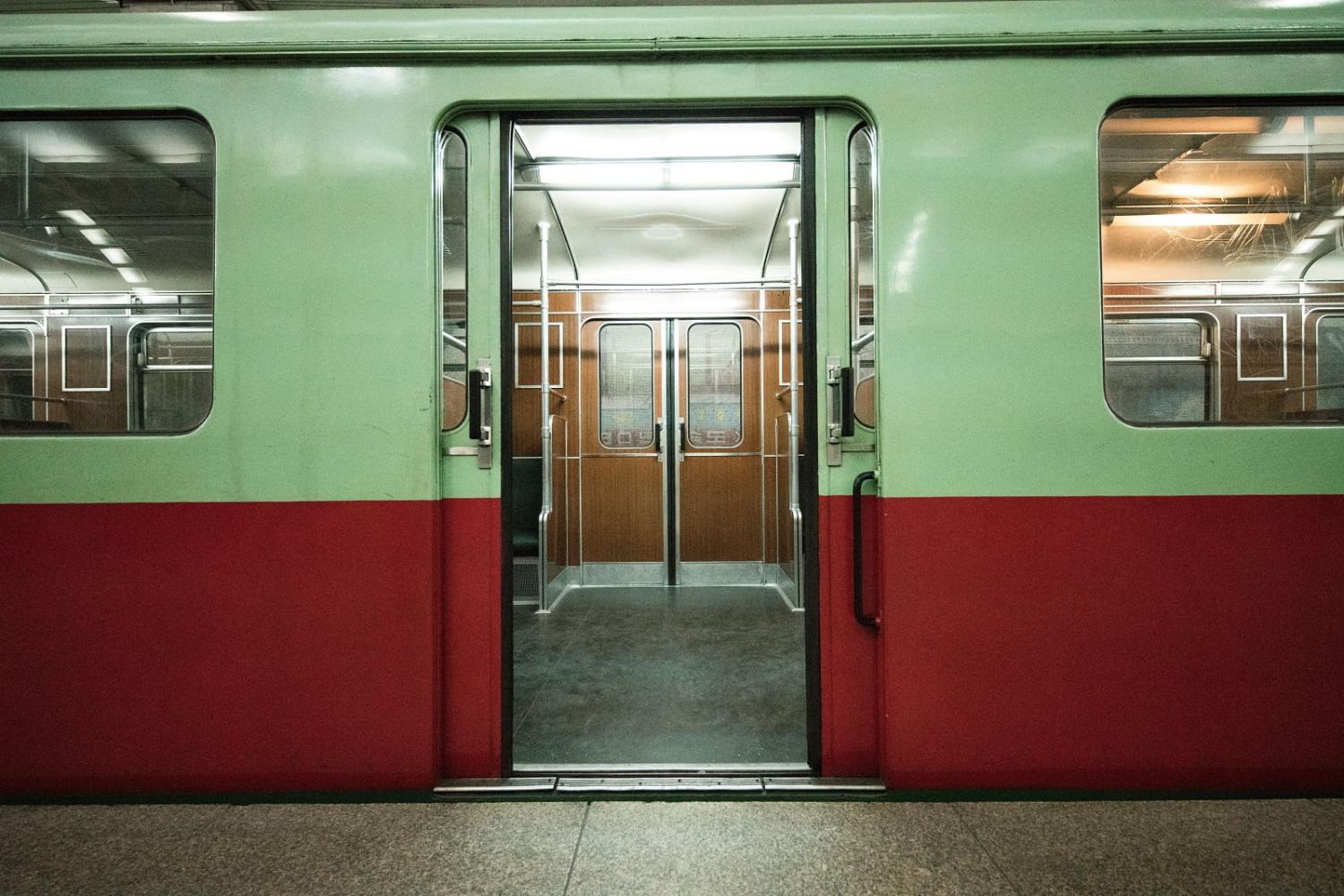After three years of pandemic lockdowns, North Korea is reopening its doors to foreigners. The welcome mat was put out in March 2023, when the country welcomed new Chinese ambassador Wang Yajun, granting him “special” entry to Pyongyang. In July, North Korea hosted Russian and Chinese delegations for the 70th anniversary of the signing of the Korean War armistice. In August, Pyongyang allowed its stranded citizens abroad to return to North Korea and conducted the first flight to China since early 2020. Flights to Russia also resumed around the same time. By the end of 2023, North Korea was issuing visas to Chinese investors, traders and technicians. And this month, North Korea welcomed a group of Russian tourists for the first time since the pandemic.
The country’s initiatives to grow tourism were boosted in August when North Korea adopted a new law to “vitalise and expand” the national tourism industry. Projects that were put on hold during the pandemic, such as the Wonsan–Kalma Coastal Tourist Zone, are now being revived. Pyongyang also ordered local governments to turn attractions into popular tourist destinations, with infrastructure and itineraries suitable for both domestic and international visitors. It is worth noting that Pyongyang had promoted domestic tourism in May last year, probably as a test of how it could design future tours for foreigners before they returned in late 2023.
North Korean Chairman Kim Jong-un’s long-term ambition has been to transform his country’s old and sleepy towns, such as Samjiyon, Mount Paektu and Wonsan, into “world class” vacation destinations. The North Korean government’s efforts to promote international tourism under Kim’s leadership date back to his diplomatic engagements with the United States, China, Russia, South Korea and Vietnam in 2018 and 2019, as Kim saw tourism as one of many ways to earn his country hard currency without violating international sanctions. Kim’s diplomatic engagements with the United States and South Korea might have failed, but his bid to attract tourists from friendly countries continues. This may explain why, after Kim visited Russia in September last year, North Korean ministers of sports and culture followed suit with visits in October and November.
Besides earning revenue for the domestic economy, investing in tourism benefits North Korea’s trade with Russia and China. Infrastructure that supports tourists coming in and out of North Korea, such as rail and ferry services and car routes, can also facilitate transportation of North Korean exports and imports to nearby Russian or Chinese cities. North Korean exports, mostly to China, reached a record high in 2023, seven years after the United Nations passed several resolutions to sanction North Korea’s external trades for its nuclear and missile tests. There is thus untapped potential for North Korea to expand its trade with Russia if the two countries can extend joint infrastructure programs to promote tourism exchanges. Russian tourists are less able to provide North Korea with as much hard currency as Chinese tourists are, but more attention towards Russian tourists demonstrates Kim and Russian President Vladimir Putin’s commitment to bilateral relations beyond the arms trade. This is perhaps the reason why the first foreign tourists to North Korea after the pandemic were Russian, and not Chinese.
North Korea’s reopening for tourism is also a reliable indicator that Pyongyang does not intend to launch a war against South Korea anytime soon. Although Kim ordered the demolition of South Korean-built buildings in Mount Kumgang resort in 2019, he developed plans to rebuild the area into an international tourist destination and to link the Kumgang area with the Wonsan–Kalma Coastal Tourist Zone. Mount Kumgang is a 30-minute drive from the Korean Demilitarised Zone, so any military actions against the South are likely to unravel Kim’s plan to rebuild the resort. The demolition is thus more a way for North Korea to voice its upset with South Korea than a signal of its preparation for war. It is unclear whether Pyongyang will secure the funding and building materials it needs to rebuild Kumgang. It will be important for the country to secure funding from Chinese and Russian sources via joint tourism cooperation as a way to circumvent international sanctions.
Looking further ahead, if Donald Trump is re-elected, we might see the next Trump–Kim summit in one of North Korea’s completed scenic beach resorts, just as Trump always wanted.
Main image by Unsplash user Random Institute

